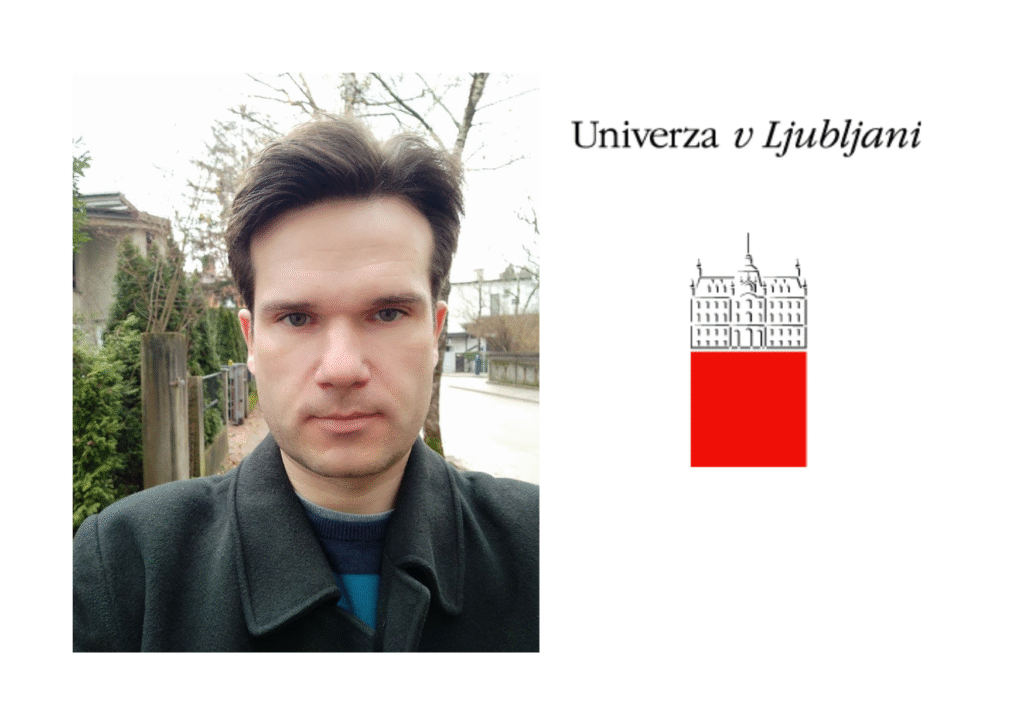Samo Penič is an Electrical engineer, who graduated and received his PhD from the Faculty of Electrical Engineering at University of Ljubljana (UL). He initially worked as teaching assistant and was engaged in providing tutorials for Fundamentals of Electromagnetics at the same faculty. Besides his primary interests in electronics and microcontrollers, he became interested in numerical modelling and programming. He is a supporter of Free and open source software.
Later he began working as researcher of embedded systems in Laboratory LICeM (Laboratory for Internal Combustion Engines and Electromobility) at Faculty of Mechanical engineering led by prof. PhD. Tomaž Katrašnik, where he became involved in NEXTBMS project. He is developing firmware for NEXTBMS motherboard and is collaborating with the rest of the partners on defining and implementing the communication between hardware parts themselves and the communication between BMS system and the cloud.
What was your original motivation to become a researcher/project manager?
I was always fascinated by the principles why the things work as they do. The only way to understand (or try to) the world around us is to be curious and torture potentially some interesting results of some experiment while asking yourself or colleagues: “what is the underlying physics of the observed phenomena”. There is no greater joy as when you have the eureka moment.
What is your (main) research area today?
I am mainly involved in development of software for the hardware so that it can act as a complete functional device. I also put lots of effort on server side supporting the human-device interaction. Large part of related research involves inter-device communications. As my interests during studies were connected with fundamental electronics, I can not pass the interesting research of measurement and characterization of battery cells.
What is the main focus of your team in NEXTBMS?
Our team is responsible in providing the real-time electrochemical model for the battery cell on the BMS hardware, allowing us understanding the inner workings of the processes happening in the battery during the operation. Furthermore, the model in development is designed to be re-parametrized in the cloud by evaluating the EIS (Electro-Impedance Spectroscopy) measurement results and the algorithm is therefore adapting the model to the actual battery processes that alter the performance of the cell.
Could you describe your favourite moment/satisfaction when working for the project and – more in general – for your organisation?
In the NEXTBMS project many experts from different fields of expertise come together and contribute to the overall success of the project. I am continuously amazed how the team work makes engineering obstacles… well, for lack of a better word… minuscule. It is satisfactory to watch how the results become more than just the sum of all parts when everything fits into their respective place.
How do you expect NEXTBMS results will affect your organisation and the energy storage sector?
The team of our laboratory was developing the numerical electrochemical model for a long time and with NEXTBMS we have seen it running on an embedded platform for the first time. The development and the experiences gained by collaborating with partners on the advanced BMS device and surrounding infrastructure will be beneficial for continuation of our research. The results will influence the development of the fast growing industry that relies on batteries and is hindered by battery performance. New insights from the project will improve the battery reliability, longevity and performance.


